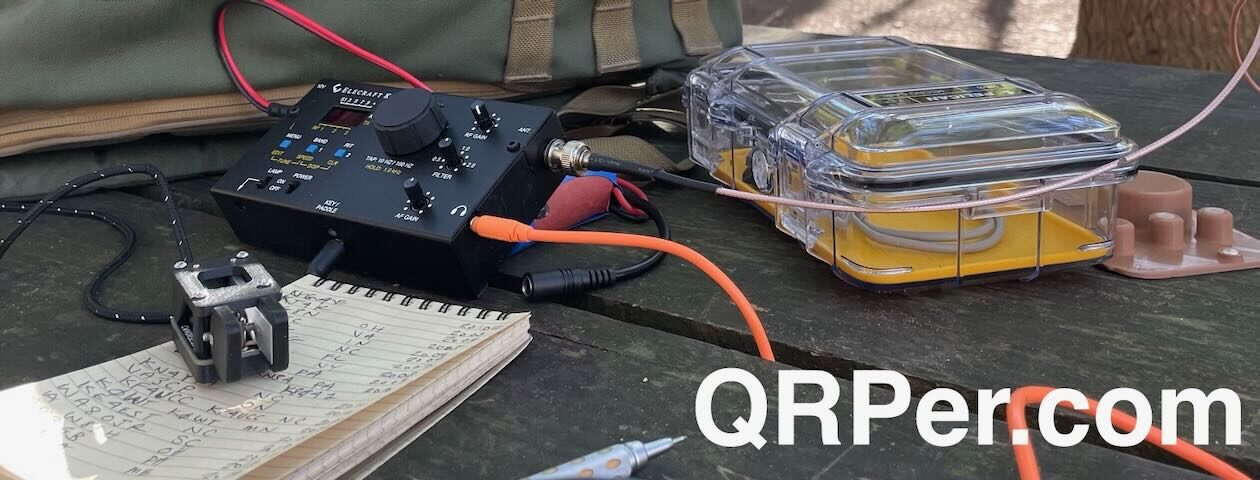 I walked out of my front door on the morning of Friday, September 29, 2023, knowing I was going to do an activation, but I had no idea where that might be.
I walked out of my front door on the morning of Friday, September 29, 2023, knowing I was going to do an activation, but I had no idea where that might be.
I certainly had no idea it would be one of my most memorable activations ever–!
I knew I had a five hour window to play radio somewhere not too far from my daughters’ classes near the Asheville Airport.
I really wanted to do a SOTA (Summits On The Air) activation, but I’d pulled a muscle in my back and was nursing it a bit. I knew that an invigorating hike on a long, gnarly trail was not really in the books.
After dropping off my daughters, I sat in the parking lot running through the activation options in my head. There were 5 or so parks within an easy drive. I knew a POTA activation probably made the most sense since it wouldn’t require hiking or carrying a heavy pack.
Then again, I really wanted to do a SOTA activation–the weather was so amazing, I didn’t want to miss out on an opportunity to take in a summit.
I decided that if I took a minimal amount of gear and activated an “easy” summit, then maybe I could get away with a little SOTA without hurting my back. I thought this might be the perfect excuse to do a SOTA activation pairing my Elecraft KX2 and AX2 antenna. I had a lightweight chair and my kneeboard, so in theory, I could set up anywhere on the summit with my entire station on my knee.
Next, I only needed to find the right summit and one came to mind almost immediately…
Black Balsam Knob (W4C/CM-005)
The last time I activated Black Balsam was with my buddy, Monty, in 2021. I remembered that it was an easy hike with stunning vistas of Pisgah Forest (K-4510) and the Blue Ridge Parkway (K-3378).

I drove 55 minutes to the trailhead and was happy that there weren’t too many cars in the parking area yet that morning. Black Balsam is one of the most popular summits on the Blue Ridge Parkway, so sometimes it can be a challenge to find a parking space…especially with stunning weather like this!
The hike was very pleasant and my GoRuck GR1 backpack was pretty light.
I knew I’d chosen the right summit hike.
The views from the Art Loeb Trail do not disappoint. (Click images to enlarge.)

 In fact, if anything, I wish this hike were just a little longer because I enjoyed the scenery so much!
In fact, if anything, I wish this hike were just a little longer because I enjoyed the scenery so much!
It’s only 3/4 of a mile one way, so it goes by quickly. Still… it’s why I chose this particular summit. I knew it would be gentle on my back (and it was).
Once I reached the summit, I started searching for a spot to set up. There were quite a lot of folks on the summit that morning, so I looked for a site just slightly off of the main trail.
I found an area on a side trail that provided just enough room to set up my folding chair without disturbing the flora.
Continue reading Kneeboard SOTA: INSANE DX with my smallest, most compromised antenna!
















































